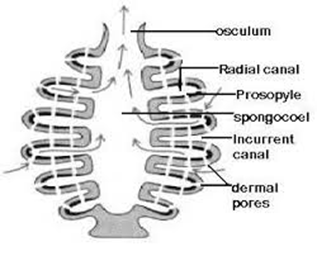Mitochondria - The Powerhouse Of The Cell
Mitochondria Structure
Mitochondria are filamentous or granular cytoplasmic organelles called "the powerhouse of the cell" . Under light microscope mitochondria are seen in the form of thread like structure , therefore they are named as Mitochondria.
Mitochondria was first observed by Kolliker in 1880 & later Fleming in 1882. The term Mitochondria was given by Benda (1897).
Distribution -
Mitochondria are uniformly distributed in the cytoplasm of all eukaryotic cells. They are absent in the prokaryotic cells.Shape & Size -
Saucer & Oval are two common shapes of mitochondria are found in cells. The size of mitochondria is 1-10 0.5 micrometers (µm).
Structure -
Mitochondria is double membrane bound organelle. These membrane is made up of lipoprtiens. These membranes is seperated by an intermembrane space called Outer Compartment . The outer mitochondrial membrane forms outer boundry of mitochondria & the innermembrane is projected into the central space in the form of fingerlike projections called Cristae. The innermembrane lines the innermost compartment which is filled with the gel like matrix .F₀-F₁ complex (also called ATP synthase) Or Oxysomes - The innermembrane & cristae are covered with special particles , known as F₁ particles. Each F₁ particle can be divided into base piece , stalk & head piece.
Function -
- The mitochondria perorms most important functions like oxidation , dehydrogenation , phosphorylation.
- Mitochondria are actual respiratory centers of the cells where the carbohydrates & fats are completely oxidized into CO2 & H2O. Energy released during this process is stored in the mitochondria in the form of ATP. The ATP is used in vital activities . Thus , mitochondria are called as ' Power House Of the Cell ".

.jpg)



This comment has been removed by a blog administrator.
ReplyDelete